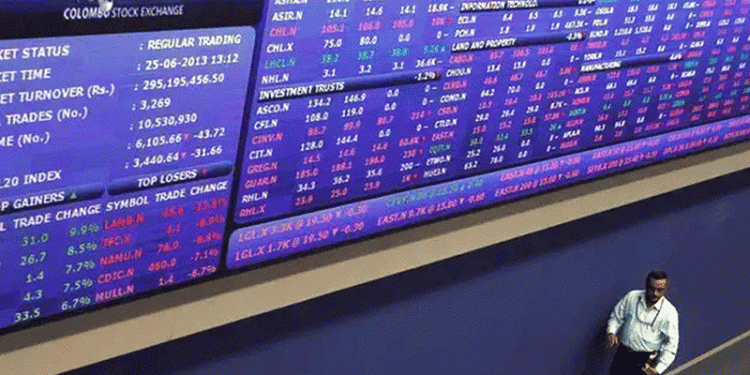LONDON: The euro struggled on Wednesday as fears of an escalation in the trade dispute between the United States and China boosted the dollar and a survey showing subdued euro zone manufacturing growth in July kept investors cautious.
The US administration plans to propose a 25 percent tariff on $200 billion in Chinese imports, up from an original 10 percent, to pressure Beijing into making trade concessions, a source familiar with the matter said. China has vowed to retaliate .
Fears about what an escalation in the months-long dispute would mean for the Chinese and then the global economy led to buy into the dollar and sell currencies linked to China’s economic fortunes.
The dollar rose 0.2 percent against a basket of currencies before pulling back to trade up 0.1 percent at 94.611.
The euro fell 0.1 percent to $1.1684, under pressure from the stronger dollar and a Purchasing Managers’ Index survey that showed factory output was growing but had nudged up only slightly from June’s 18-month low.
The offshore Chinese yuan slid more than half a percent on reports of the new tariffs. A survey showing Chinese manufacturing grew at the slowest pace in eight months in July also hurt the currency.
But currency markets quickly regained their poise, with the yuan – which has fallen for four months in a row – virtually flat at 6.8065 by 1105 GMT.
“The markets have calmed down relatively quickly Maybe the market is underestimating the economic impact of the tariffs and that is why it is keeping calm,” said Thu Lan Nguyen, an FX strategist at Commerzbank in Frankfurt.
The Aussie dollar, seen as a proxy for Chinese growth because of Australia’s export-reliant economy, also fell in Asian trading before finding its feet.
ATTENTION TURNS TO FED
This week also sees a number of central bank meetings, with the US Federal Reserve due to conclude its meeting later in the day and the Bank of England holding its meeting on Thursday . The Bank of Japan met on Tuesday.
Against the yen, the dollar rose 0.2 percent to 112.10 as Tuesday’s pledge by the BoJ to keep rates low for an extended period continued to weigh on the Japanese currency. The yen later recovered to trade flat at 111.89.
“USDJPY may test the 112.20 resistance, but with risk looking fragile and the JGB curve finally steepening, we see USDJPY breaking lower,” Morgan Stanley analysts said in a note.
The BoJ’s reluctance to tighten policy stands in contrast to the Fed, which is raising rates as economic growth puts upward pressure on inflation.
Data out Tuesday showed US consumer spending rose in June although wage growth stayed restrained.
Source: Brecorder


























